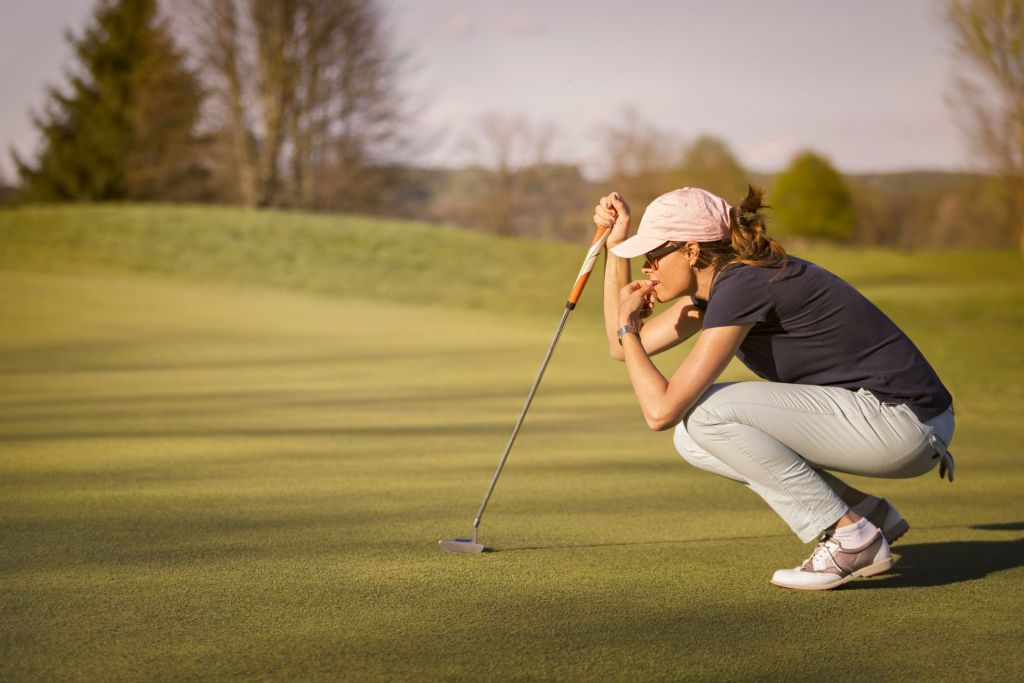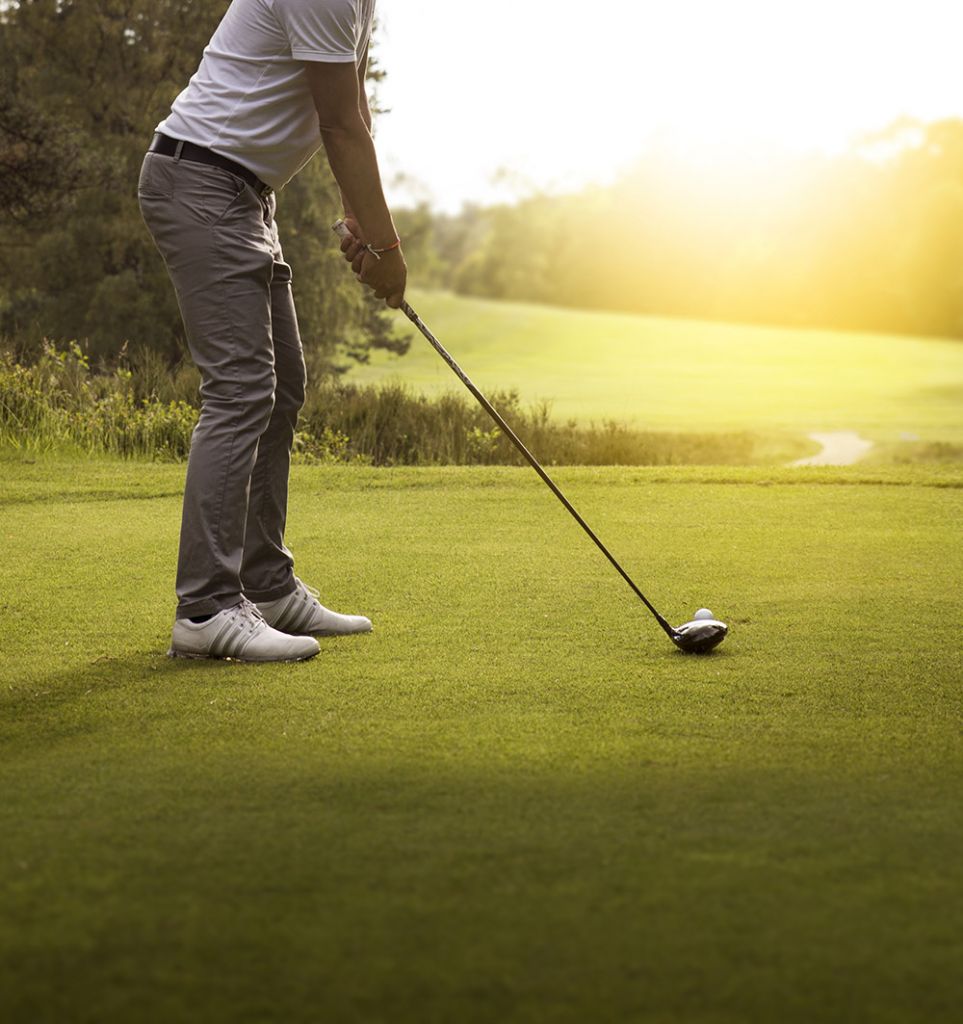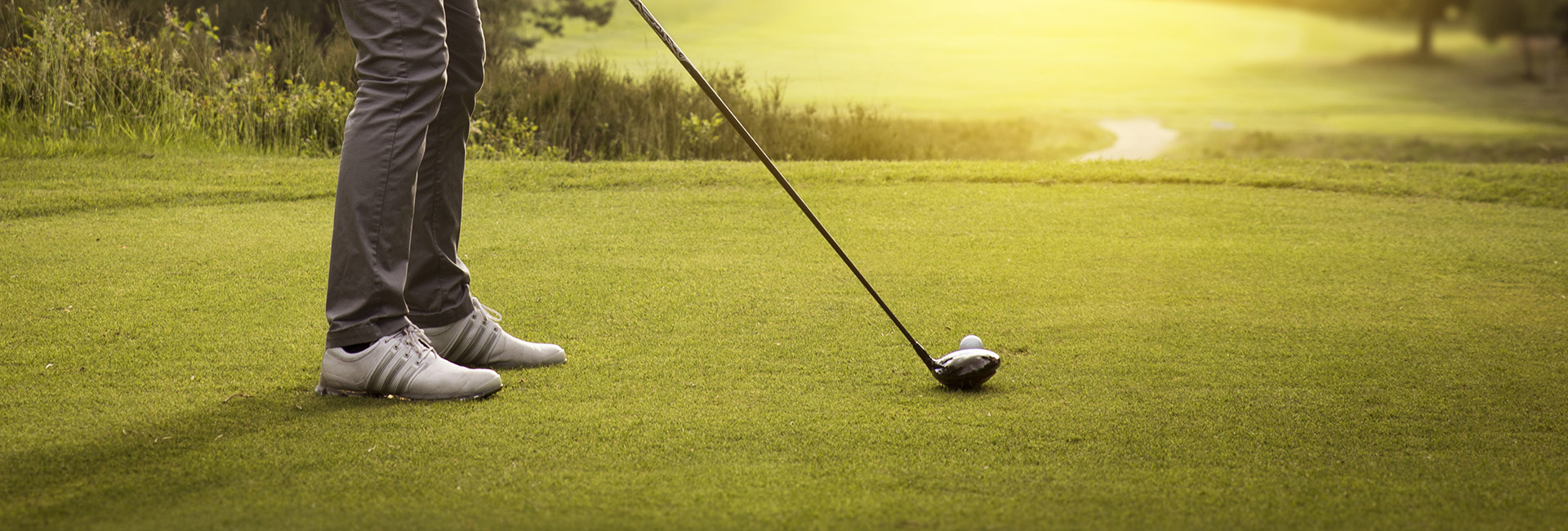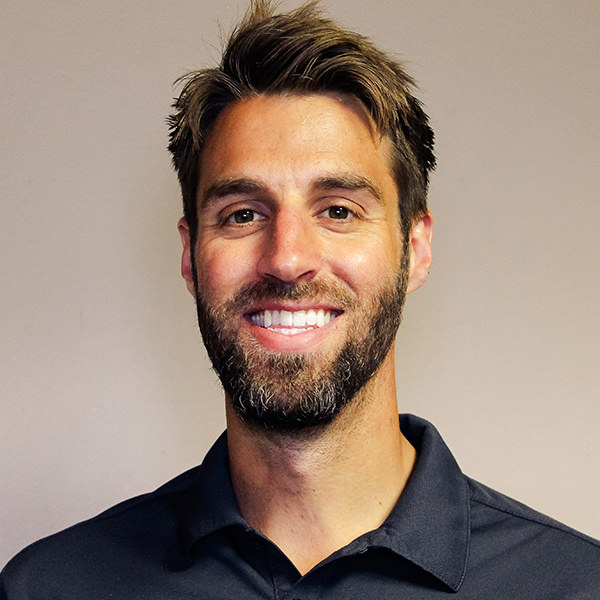The perfect golf swing is hard. Even on the professional tour there are very few if any who can achieve the “perfect” swing. When comparing those on the pro tour to us weekend warrior golfers, though, there are some major differences.
When we look at all the moving parts of the body during the golf swing, a pattern emerges. When you watch a pro golfer swing, they move the correct joints and keep the correct joints stable. When we don’t see this pattern, it leads to faulty swing patterns or worse … injury.
Unfortunately, I can’t teach you how to swing like a pro in a five-paragraph blog. What I can do, is give you some simple exercises and principles of the golf swing that will help maximize your physical potential to be the best golfer you can be and keep you injury-free.
To achieve the optimal golf swing, one needs to have stability in certain joints and mobility in certain joints. So which joints need to be stable and which joints need to move? An easy way to consider this is that every pair of mobile joints (or groups of joints) must have a stable joint between them. Think of your stable joints as the foundation or anchor that keeps your mobile joints in check. Without that stability, joints will move too much and will cause dysfunction.
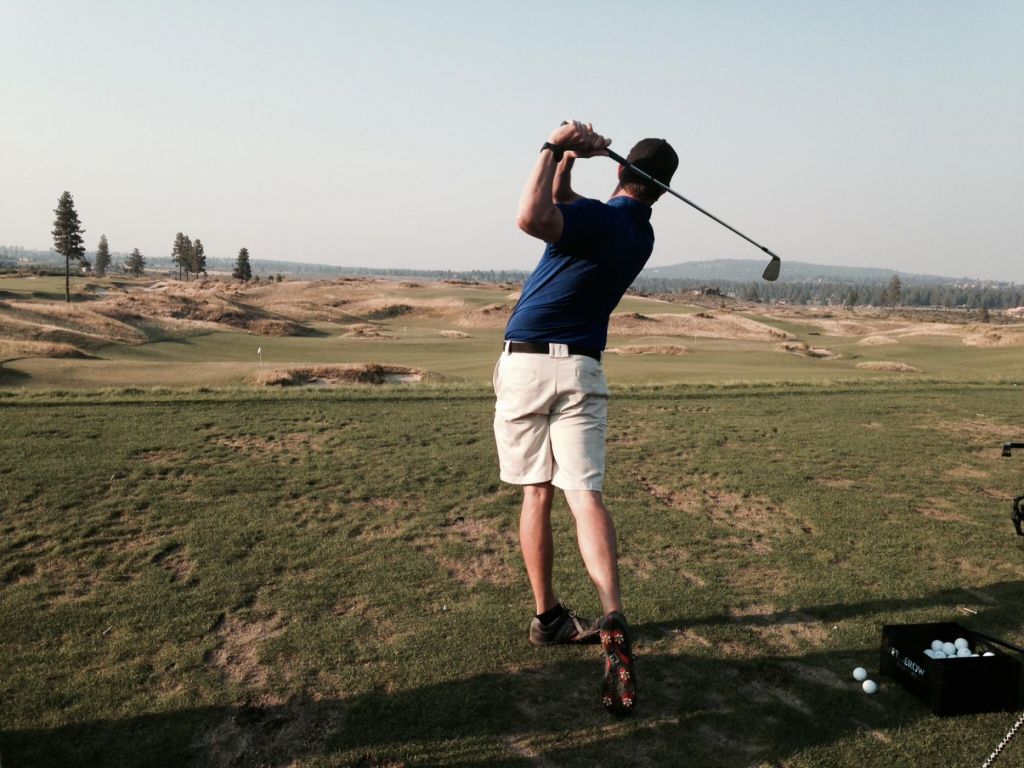
Below is the list of joints from foot to wrist and the ideal reciprocal pattern of mobility and stability.
- Foot: Stable
- Ankle: Mobile
- Knee: Stable
- Hip: Mobile
- Lumbar Spine (Low back): Stable
- Thoracic Spine (Mid back): Mobile
- Scapula (Shoulder blade): Stable
- Shoulder: Mobile
- Elbow: Stable
- Wrist: Mobile
The two most common issues leading to injury in golfers that physical therapists see are lack of hip mobility and lack of thoracic spine mobility. Inevitably this leads to increased strain on the low back, knees, and shoulders. If your hips are tight, you must get more motion from your low back and your knees. Eventually, with repetition of this pattern, your low back and knees will start complaining. Similarly, if your mid-back can’t rotate enough, your shoulder must make up for it. This leads to strain in the shoulder during back-swing and follow-through. Make sense?
Ok, so now that we know what should move and what shouldn’t, check out the video below in which I demonstrate 4 simple exercises you can do to get you closer to joining the professional tour … or to at least hit the ball without pain.
Experts in Sports Injury Recovery
If you have any questions about golf-specific fitness or golf-related injuries, or you have an injury or pain that is keeping you from enjoying your golf game, our physical therapists can help. We are committed to providing effective, efficient and compassionate care to help you return to pain-free sport.
